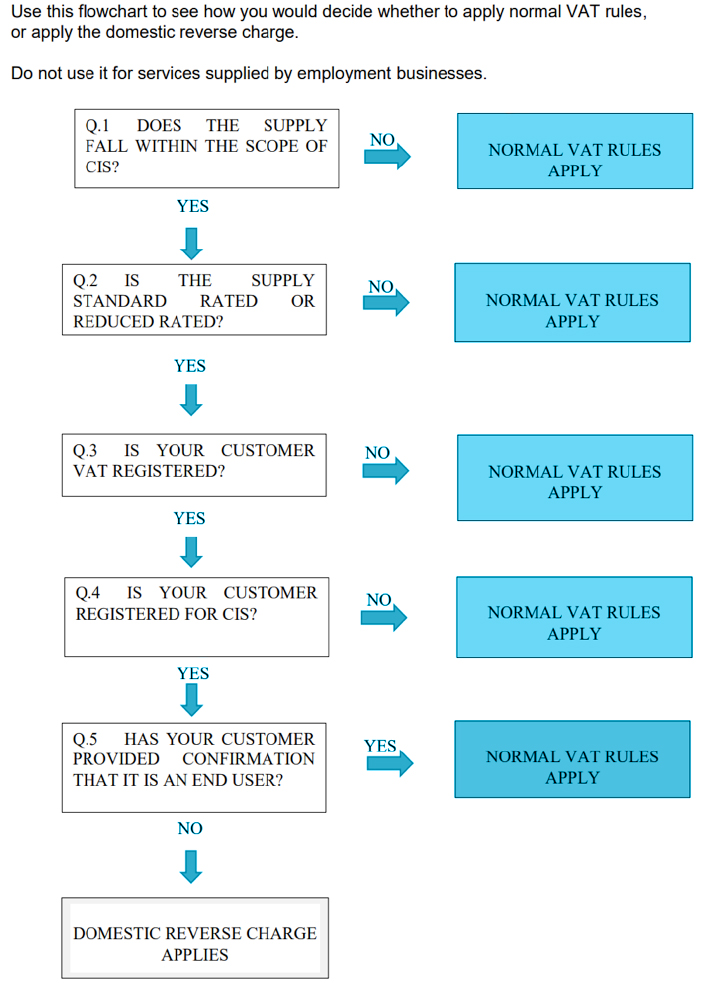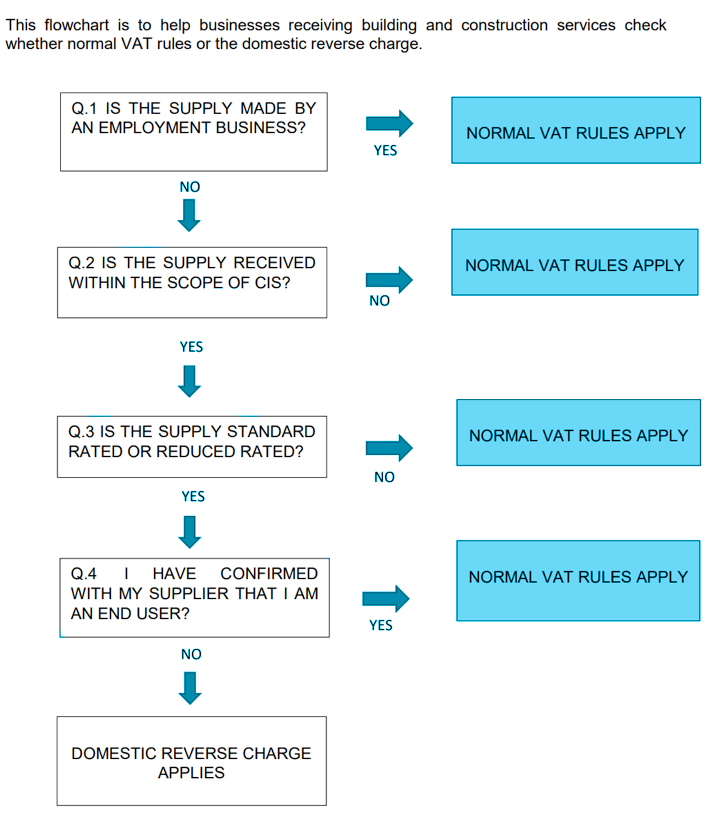Best of breed or bundle strategy how to chase unicorns
This blog from a Mind Your Business episode was inspired by the numerous stories we have read in the past 12 months about businesses having to pivot – some more successfully than others- in order to survive, and indeed thrive during the Covid pandemic.
As we are still in the middle of Lockdown 3.0, it was interesting to debate the best strategy for businesses considering their own pivot as many may still make this decision over the next 12 months.
My co-podder Alan Clark introduced two useful strategies; one of ‘best of breed’ and the other of ‘integration bundles’ to use when considering the route to take.
As a best of breed example, Alan cited the recent acquisition of Slack by Salesforce. At $27.7 Billion, the deal is the Martech world’s most valuable integration ever and was seen as a good enough investment to meet the current work-from-home scenario and growing demand for 100% secured Cloud-based apps for the digital economy.
As the global leader in CRM Salesforce specialises in improving external relationships with clients and prospect leads, so its decision to buy Slack, a workplace productivity tool represents a pivot strategy that brought together two game-changing organisations and now provides Salesforce a platform to improve communication and productivity internally as well.
In 2015, just 18 months after it launched, Slack reported having more than 1 million daily users — a figure then unheard of in enterprise software. When it was sold that figure had reached some 12 million. In response, Microsoft, using a design similar to Slack’s own, added Teams to its 365 portfolio without increasing the price and used an integrated bundle approach to take Teams from zero to more than 115 million users.
That disparity and ongoing demand for the Microsoft product perhaps helps to explain why Slack sold itself to Salesforce in the end. At Cypher, we still use Slack mainly as a replacement for email. We let clients have their own channels and it means they can contact us very quickly whenever they need to.
For transparency, I feel that Cypher operates a largely integrated bundle model, insofar as we do lots of different things and our clients get a bundle of services that they pay a monthly retainer for. But I also want to be best of breed and we pride ourselves on client astonishment, that’s just how we roll!
It was interesting to debate with Alan whether there was room for a middle ground; a ‘best of breed bundle’ if you will. A model where you do operate an integrated bundle strategy but within that bundle each product is market-leading. That would make a very strong business offering. But is it sustainable?
One of the reasons I am so fascinated by this subject is that we have a lot of conversations with clients around the fact that the business they have now, will not be the same in 5-years’ time. It might do a lot of the same sort of thing, but there will inevitably be change along the way. Having a polar opposite perspective on the route your business might take on this journey can lead to the establishment of a whole new set of income streams.
A recent example was the creation of the Oxford Fire Door Company by our client Rowood Kitchens and Joinery. Business was good, but Nick Rowland the MD spotted a gap in the market and wanted to fill it – literally, with bespoke, handmade fire doors.
When this growth happens, and it does more often that you would think, we discuss with the business owners whether the new companies will sit within the current business or whether they will completely stand-alone. For me, the way to answer that question is to understand the risks your new venture presents to your current business. Two separate downsides are that the new business could blow up instantly and make you loads of money, side tracking you from the one that has paid the mortgage for all those years, or there is a risk that you go off, set up company B and it’s awful, it damages the current brand and basically comes back to bite you.
Take innocent smoothies. They built their brand on being ethical, fresh and innovative. They were bought by Coca-Cola and whatever your thoughts are on the ‘real thing’ the acquisition absolutely tanked the Innocent brand. On a small business level, if you set up a new business but don’t stick to the principles that made the first business so strong, maybe you don’t treat companies right, don’t treat customers right, don’t do a good job, perhaps because you are stretched too thin, then it can only do damage to the existing business.
It is still too early to know for certain what plans Saleforce has for Slack, or how successful the integration of two very different cultures with be, but based on this pivot strategy, as a small business owner who is used to being best-of-breed, it does sound hard to integrate with another business as a bundle or as a new company without diminishing the value of one of them. It feels a bit like chasing unicorns.
Ever the optimist, however, Alan points out that the mere possibility of being a business owner who is able to be across four or five businesses and can keep them all at a very high service level for a period of time should be exciting for anyone and reason enough to try.
The decision for business owners to pivot may not have been so much a choice as a final throw of the dice as Covid has forced many to consider new routes for diversification. For those still considering their next business step, I think my main advice is to not make that next step too big.
Pivoting can be risky in a normal world; doing so in lockdown presents a whole new set of challenges. To pivot successfully, using the Ansoff Matrix model, for me ideally you would take a relatively small step and sell something new to your existing customer base. Leverage the trust and competency that your customers associate with your current portfolio to offer them a slightly different, or better still, complementary product. I would certainly not advocate creating one that affects your ability to grow your current business in the future.
My second piece of advice comes from the recent ‘Everyone Competes with Amazon podcast’. We also wrote a blog on that. Look at your new pivot business through the ‘Amazon lens’; what can you do better and more efficiently to delight your customers even more?
And finally, from a podcast on looking for Clarity, not Certainty, if you are considering a pivot for your business anytime soon, it doesn’t matter whether you want to pursue a best-of-breed or integrated bundle strategy. Whether you run one business or five, as a business owner, you can own the position they enter the market, you own the decision on the products and services you will offer and you own their quality, how well they are delivered and the level of customer service you want to offer.
Whatever your model, control what you can and knowing these two possibilities hopefully it will help you create a pathway for a successful pivot.
New editions of the Mind Your Business Podcast appear every Friday. Subscribe on Apple Podcasts, Spotify, Google Podcasts or your choice of Pod provider to have it delivered straight to your device.)



